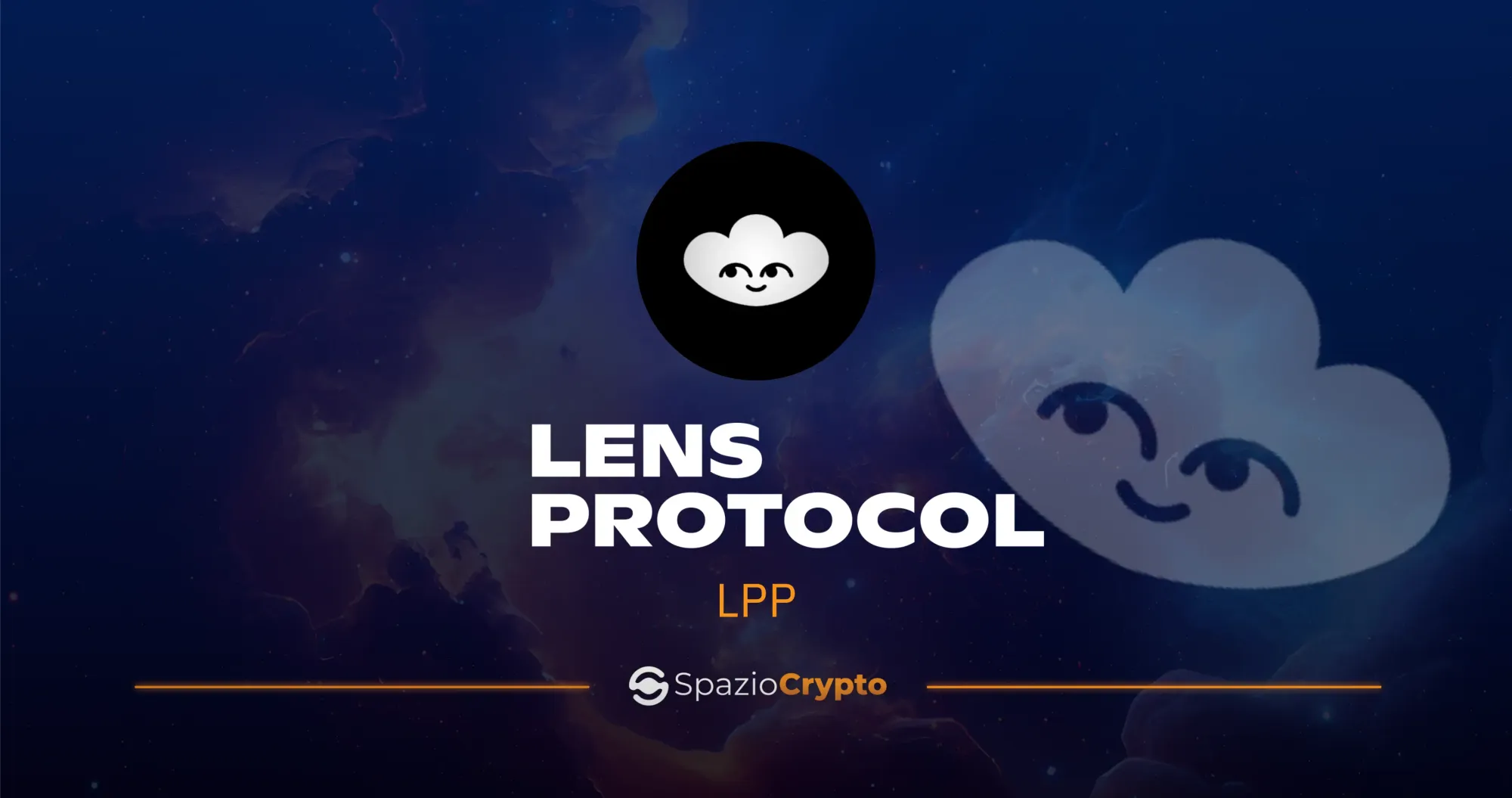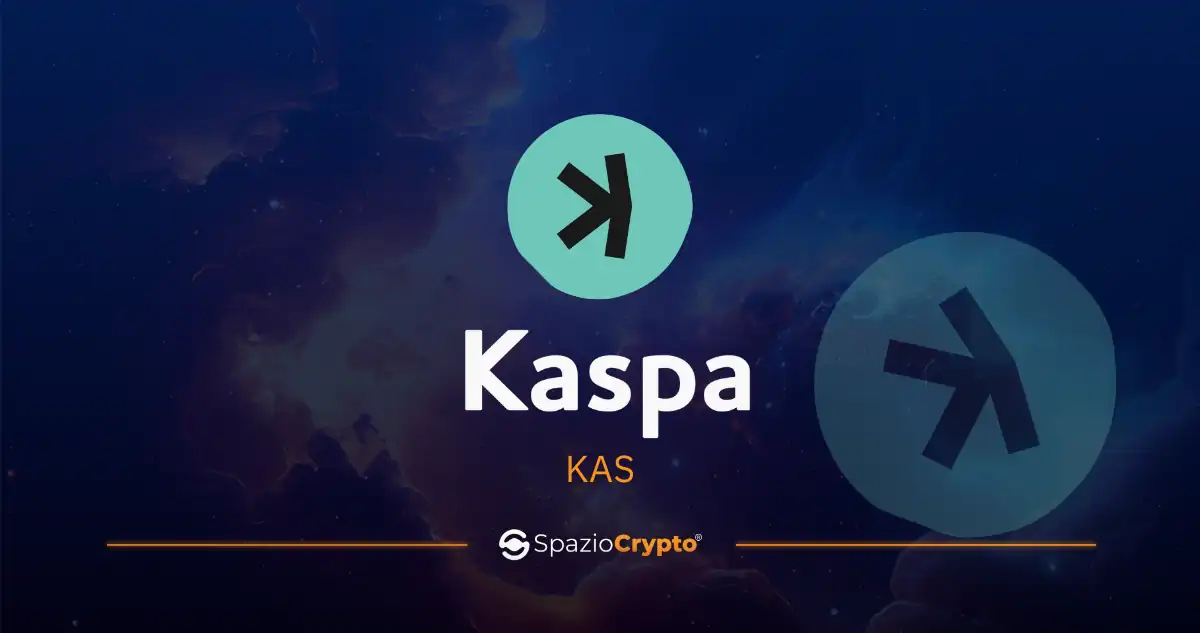The technology provided by blockchain is also revolutionising the world of social media. Lens Protocol is a decentralised protocol that is playing a fundamental role in overcoming traditional social networks.
Lens Protocol: A Project to Escape Censorship
In the run-up to the US presidential election, an important political and social issue is back in the news: censorship on social media and its use. Recall that after the Capitol Hill protest on 6 January 2021, Twitter and Facebook decided to ban the then incumbent US president Donald Trump from their platforms. This event marked a decisive moment in the history of digital communication and freedom of expression. In particular, it highlighted the power of some private companies to be able to black out figures of public relevance according to their own company policies.
This event highlights the enormous power of global platforms - such as Facebook and Twitter - with a centralised structure, where one person or a small group of people have the power to decide which types of content can be published and which cannot. In this context, an increasing interest in the world of decentralisation has arisen. How can a technology like blockchain be the basis for building a viable alternative to traditional social platforms? Lens Protocol is currently the best answer to this need. But let's take it step by step.
What is Lens Protocol?
Lens Protocol is a decentralised and open-source protocol that enables the creation of next-generation social networks. The project was created with the aim of returning control of data to users through a more open and transparent ecosystem. Unlike traditional platforms, where user data is stored on centralised servers and subject to censorship and manipulation, Lens Protocol uses blockchain technology to ensure that data is secure, immutable and accessible only to its legitimate owners. The project was created by Aave Companies, and has been launched on Polygon's blockchain.
What Characterizes Lens Protocol?
There are at least three defining elements of this project: data ownership, interoperability, and decentralisation.
Data ownership:The value of Big Data has grown considerably in recent years. According to recent estimates, the global Big Data market is growing rapidly and is expected to reach USD 229.4 billion by 2025. In a study by the European Commission it is claimed that the total number of data will grow by 530% by 2025 compared to 2018. The importance and economic depth of Big Data has long been known.
As far back as May 2017, the cover of "The Economist" sentenced: "The world's most valuable resource is no longer oil, but data". Through Lens Protocol, users can retain complete ownership of what they publish and their personal data. This means they can monetise their content as they see fit, without interference from third parties.
Interoperability: Lens Protocol is built in such a way that there is integration with various platforms and services. The aim of the developers was to provide users with a connected ecosystem where data can flow freely between different applications. As Lens Protocol founder Stani Kulechov explains: "About half of the users on Lens use more than one Lens app."

Decentralisation: Using blockchain technology, Lens Protocol eliminates the risk of a single point of failure, increasing the resilience and security of the platform. It also prevents forms of content censorship from occurring as they do on traditional social media.
How Does Lens Protocol Work?
To use Lens Protocol, users must, as a first step, create a profile on the hub, for which they will receive a NFT profile with a related ID. This NFT controls the profile and, thus, its owner becomes the de facto controller of the specified profile. The use of the platform has been made user friendly, so it has the characteristic of being as intuitively usable as traditional social media. But let's take a look at the steps you need to take to use this product.
Guide to Using Lens:
First Step: Create a Social Profile
The difference from a first-generation social media is that to create a profile I must have a Web3 wallet to connect with the Lens Protocol platform. After signing a message with the wallet in question, a page will appear on which the user can choose the media handle (minimum length five characters), i.e. the public username to which a freely chosen image can be attached.
The latter could also undermine a rare or valuable handle, as this is in fact an NFT and as such could also be sold in the future. This NFT could then be used to interact with various applications on the platform. Please note that profiles on Lens Protocol are represented as NFTs, which means that you are the sole owner of your profile.
Second Step: Publish Content
There are various types of social media that have been built on Lens Protocol and that you can use (Hey, Tape, Dumpling). To log-in simply use the same wallet with which you have mint your NFT and start using the application of your choice. Afterwards, you can post texts, images, videos and more. Each post is registered on the blockchain as an NFT. Another interesting aspect is that you can monetise the content you produce.
The latter, in fact, can set a price for access to his posts or enable the possibility of receiving cryptocurrency compensation from his followers. With the 'Set Super Follow' option, you can set a price in cryptocurrency (Matic, Ether, Tether USD, DAI) that users must pay to follow you. This means that if you manage to create a community that follows you, you can monetise in an innovative way, compared to traditional social, where earnings are generally made through advertisements or collaborations with other companies. For example, on the platform of Hey - one of the social networks on Lens - you can also select different topics that interest you so that your home page will feature specific content.
Third Step: Interaction with Other Users
Like classic social networks, there is the possibility to interact with other users, follow them and they can follow you. The number of followers are also registered on the blockchain, and these will be linked to your NFT and will therefore be present on all applications built on the Lens Protocol. Similarly, you can interact with other users' content by commenting, liking and sharing. Comments will also be recorded as NFTs and therefore owned by the user who made them.
However, it should be noted that as comments refer to other publications, they must follow the rules set by the original publication. If the original publication only allows comments from accounts that follow the author and the commenter does not have a Follow NFT, the transaction to comment will fail. The same applies to what are called 'mirrors'. mirrors are like reposts on other platforms. Since mirrors refer to existing publications, they must follow the rules of those publications. Just as with comments, if a publication only allows mirrors to accounts that follow the original author and the account that wants to make the mirror does not have a Follow NFT, the transaction will fail. mirrors cannot have new content of their own, but they can have rules about who can make mirrors or comment on the mirror itself.
Fourth Step: Control Your Assets
In your profile, you can view all the NFTs you own, including posts you have created and content you have purchased ownership of. At the same time, you can sell and trade these NFTs.
To improve scalability and reduce transaction costs, Lens Protocol uses the Polygon blockchain, which offers faster and cheaper transactions while maintaining the security of the Ethereum network. In conclusion, Lens Protocol is a positive example of how Web3 is able to provide users with new tools, innovative not only from a technical, but also from a social and political point of view. On SpazioCrypto we will try to stay updated on the evolution of this project to understand its possible future implications.








